The Lungs of the Earth

The Amazon Rainforest has earned the title “The Lungs of the Earth” for a vital reason: it produces a staggering 20% of the world’s oxygen. This expansive forest stretches across several South American countries, breathing life into the very atmosphere we depend on. Think of it as the planet’s own giant air purifier, working tirelessly day and night. The myriad trees there take in carbon dioxide and release oxygen in return. It’s like an incredible natural factory that churns out one of the most essential gasses for life all over the Earth. However, this natural wonder is facing threats from deforestation, which could dramatically affect its ability to produce oxygen.
Home to 10% of All Known Species
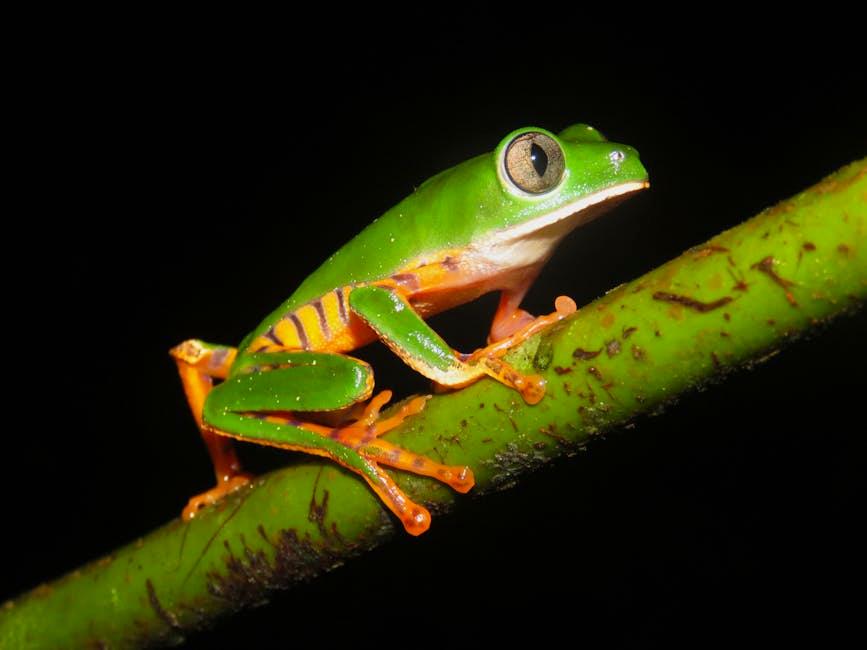
Astonishingly, the Amazon Rainforest is home to about 10% of all the known animal species in the world. Imagine a place bustling with diverse life forms ranging from jaguars prowling the forest floor to pink river dolphins gliding through its waters. It is essentially a living encyclopedia of biodiversity, home to around 390 billion trees that form shelter and sustenance for creatures big and small. Whether it’s a sloth lazily hanging from a branch or a vibrant macaw streaking across the sky, the variety is stunning and unparalleled. This biodiversity isn’t just fascinating; it’s crucial for the Earth’s ecological balance.
It Creates Its Own Rain

The Amazon Rainforest has the unique capacity to generate its own rain. The trees release substantial amounts of water vapor into the atmosphere, leading to the formation of clouds and subsequent rainfall. This isn’t just a weather pattern—it’s a self-sustaining cycle that ensures the forest remains lush and green. Essentially, the Amazon has its inbuilt system to water itself, illustrating how intricately it is designed. This system also contributes to the region’s high moisture levels, making it one of the wettest places on Earth. It’s like a built-in sprinkler system, meticulously balancing its environment.
The World’s Largest River
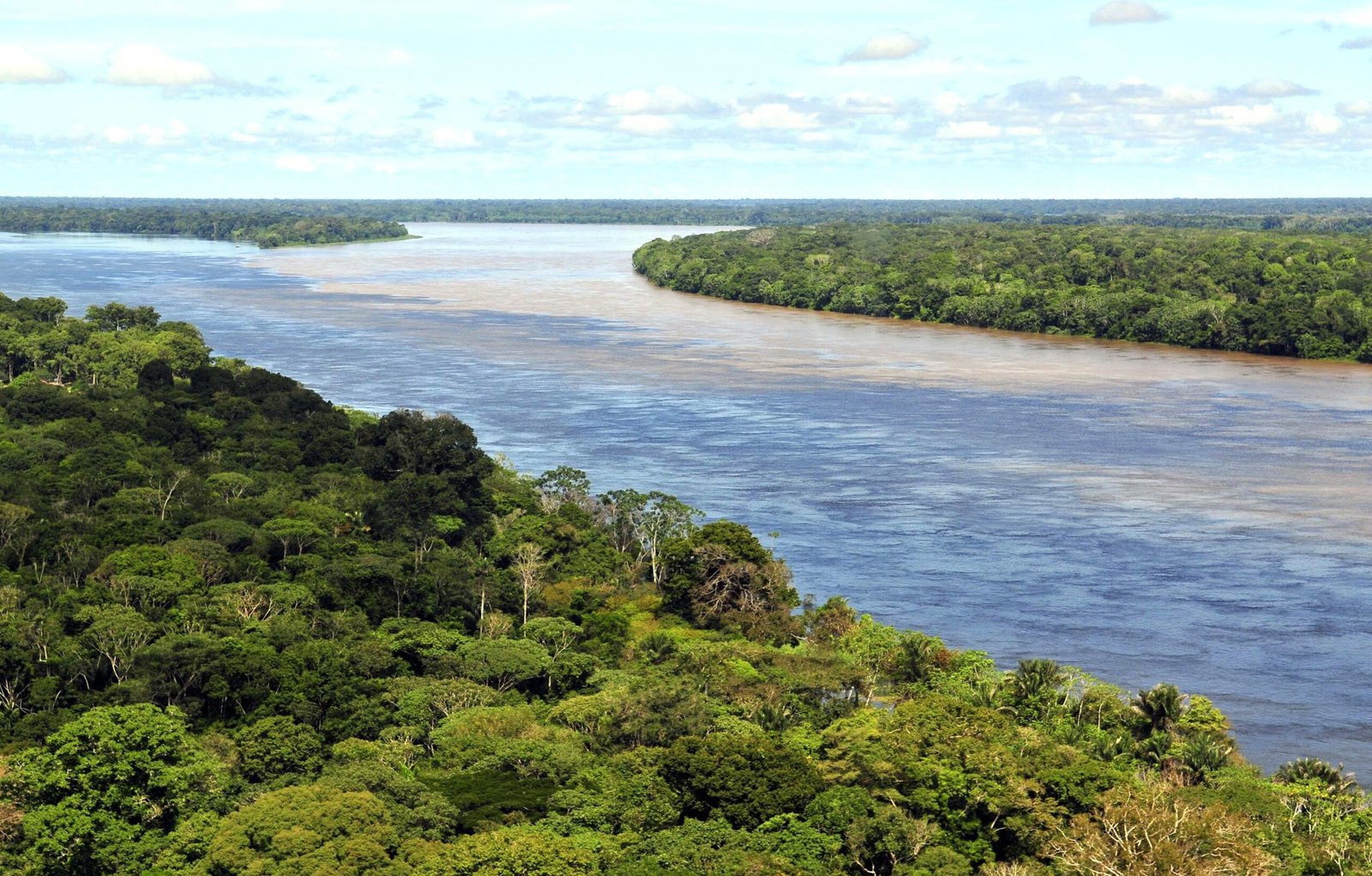
The Amazon River is nothing short of a natural wonder, acclaimed as the largest river by volume globally. More than 1,100 tributaries snake through the dense jungle, some even surpassing more well-known rivers such as the Thames or the Rhine. Stretching across approximately 4,345 miles, it is a vital waterway that nourishes the region’s flora and fauna. The sheer amount of water it carries is mind-boggling, enough to dwarf other major rivers on multiple continents. For centuries, it has been the lifeline for countless civilizations, offering resources and transportation.
Ancient Civilizations Thrived Here
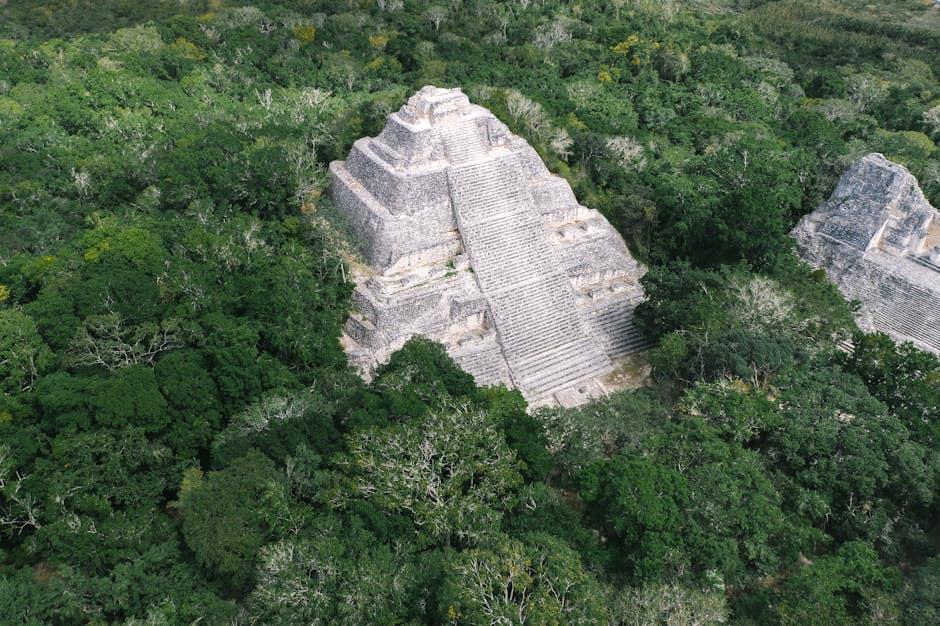
Long before European explorers charted its path, the Amazon was a cradle for advanced civilizations. Archaeological findings, such as geoglyphs and sophisticated agricultural systems, indicate that this land was once thriving with bustling societies. These ancient communities practiced sustainable agriculture and even terraforming to optimize their environment. They lived harmoniously with the ecosystem, understanding the value of preserving it without modern technology. It’s like uncovering an ancient world hidden beneath the sea of green, a chapter of human history that continues to fascinate researchers.
Medicinal Goldmine
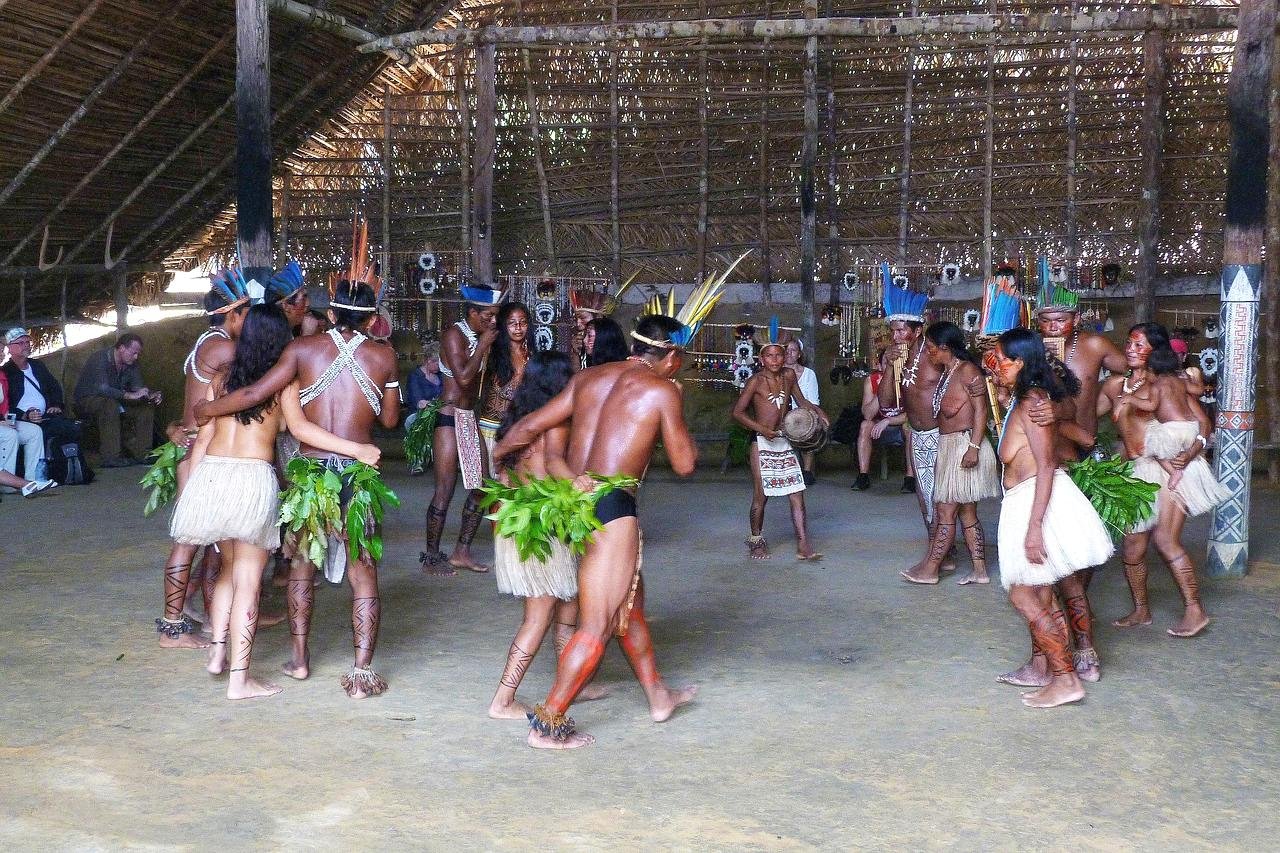
The Amazon Rainforest is often hailed as a medicinal treasure trove, with over 25% of modern medicines derived from its myriad plants. Yet, many species remain understudied, holding the potential to lead to breakthroughs in medicine. From treatments for life-threatening illnesses to remedies for minor ailments, the forest offers a natural pharmacy beyond compare. Scientists and researchers are continually exploring its depths, in search of cures that could change how medicine is practiced worldwide. This hidden goldmine of resources underscores the importance of its conservation.
A Natural Carbon Sink
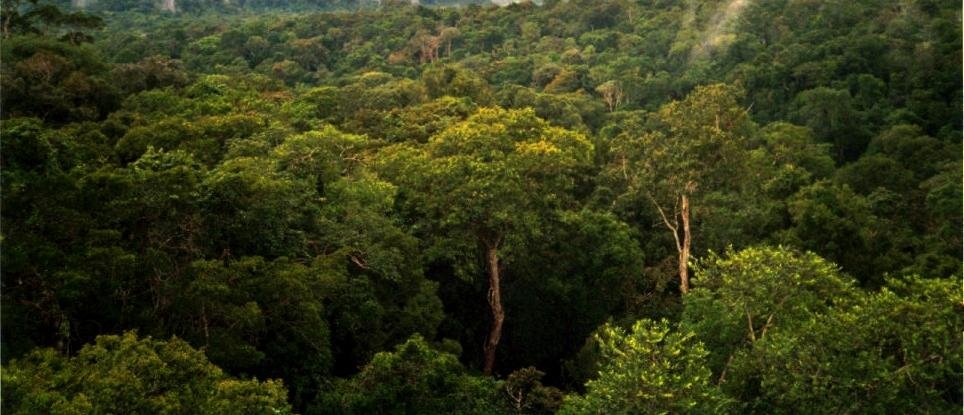
The Amazon acts as a natural carbon sink, absorbing massive amounts of CO₂ from the atmosphere. This helps mitigate climate change, a role that’s becoming ever more critical in an era of rising global temperatures. Just as a sponge soaks up spills, the Amazon absorbs carbon emissions, helping to balance the Earth’s atmosphere. However, deforestation is an ever-present threat, jeopardizing its ability to continue this vital role. Protecting this carbon sink is more than an environmental concern; it’s essential for the well-being of our planet.
A Hidden River Beneath
In a surprising twist beneath the Amazon River itself, scientists discovered the Hamza River, flowing slowly underground. This hidden river is a mirror image of its grander counterpart but moves at a glacial pace. While it’s less famous, it captures the imagination as yet another example of the Amazon’s mysterious wonders. The existence of this underground river confirms how little we understand about this expansive region. The unpredictable and hidden facets of the Amazon make it continually fascinating for scientists and explorers alike.
A 55-Million-Year-Old Ecosystem
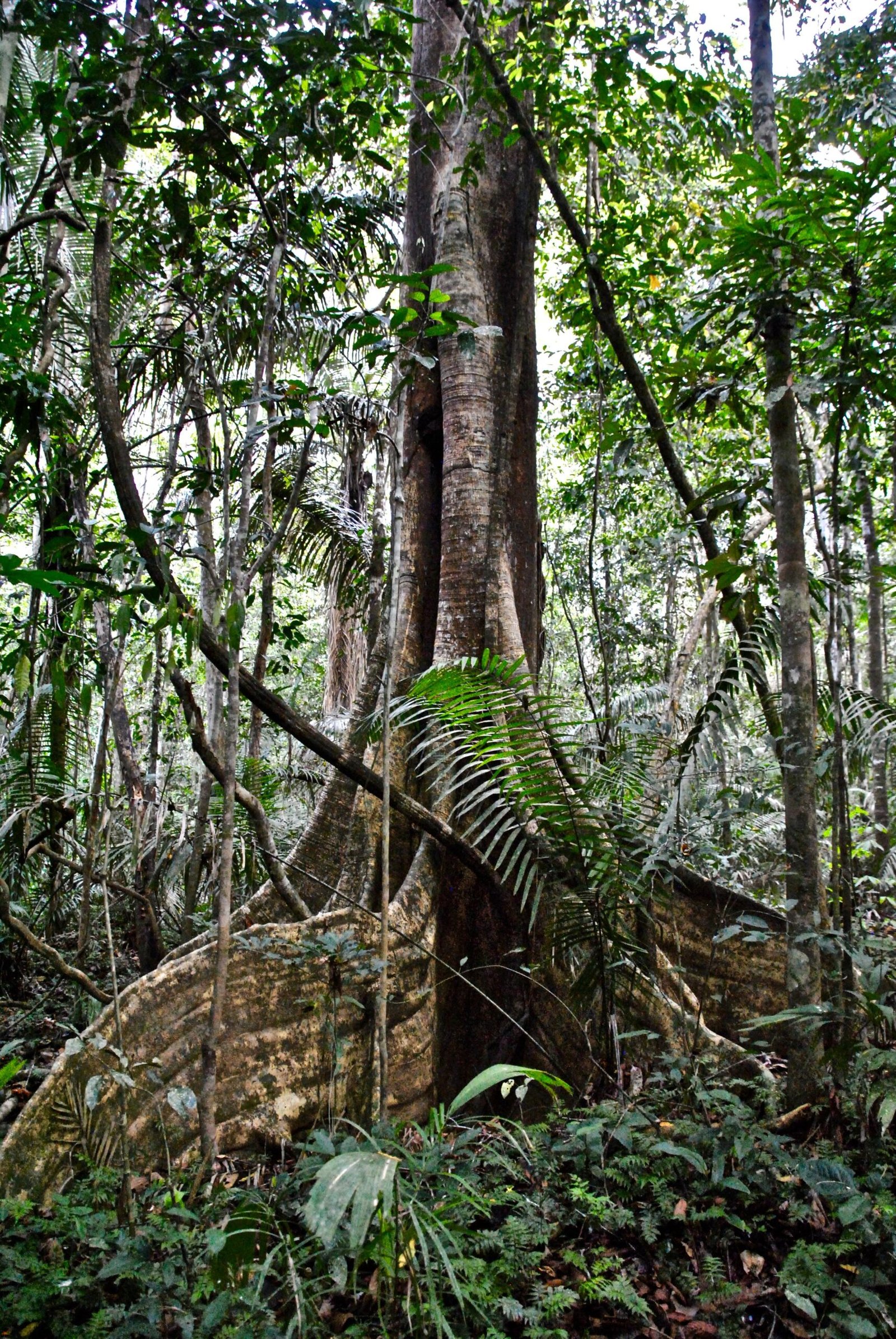
An impressive fact about the Amazon Rainforest is its age, believed to have formed over 55 million years ago. This makes it one of the oldest ecosystems on our planet, a living museum of evolutionary history. Its age contributes to the rich biodiversity, providing time for countless species to evolve and adapt. It’s like reading an enthralling novel chapter by chapter, with each page offering something new about life and survival. Such longevity adds yet another layer to its enchanting allure.
Glow-in-the-Dark Mushrooms

Adding a touch of whimsy to its biodiversity, the Amazon is home to glow-in-the-dark mushrooms. These fungi emit a natural, eerie glow to attract insects that aid in dispersing their spores. Imagine walking in the forest at night, surrounded by these luminescent life forms, akin to nature’s own light show. It’s a fascinating survival tactic that highlights the intricate relationships between organisms in the rainforest. This luminous phenomenon adds yet another captivating chapter to the ongoing story of the Amazon’s untold wonders.
